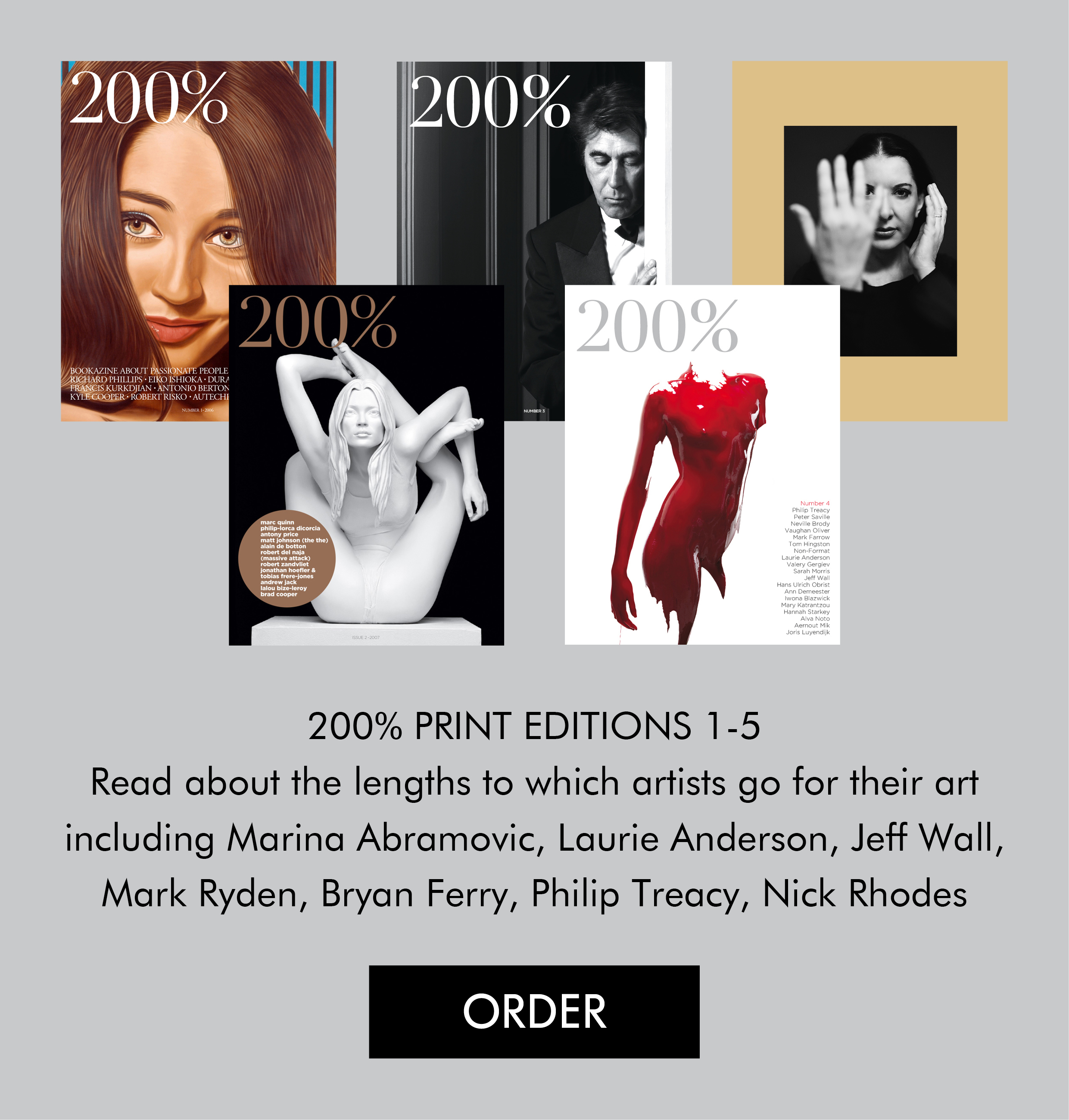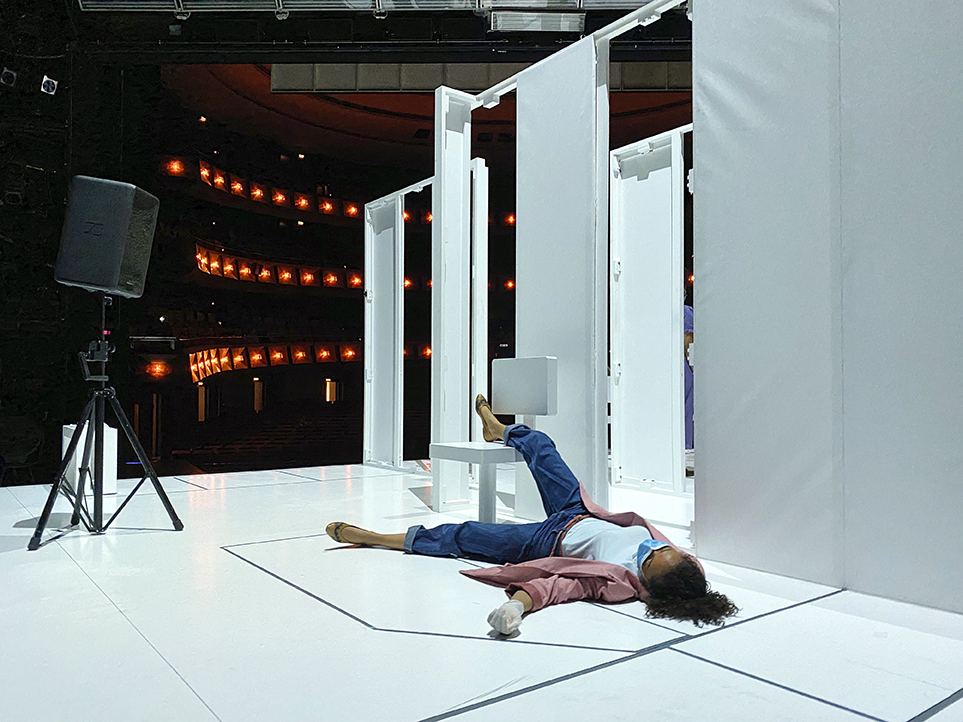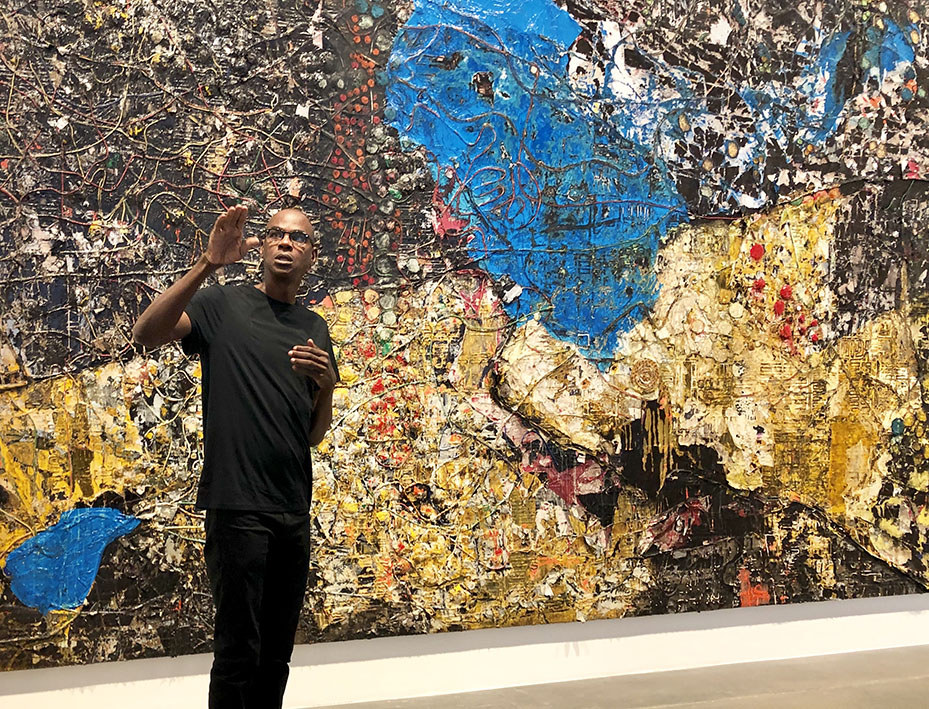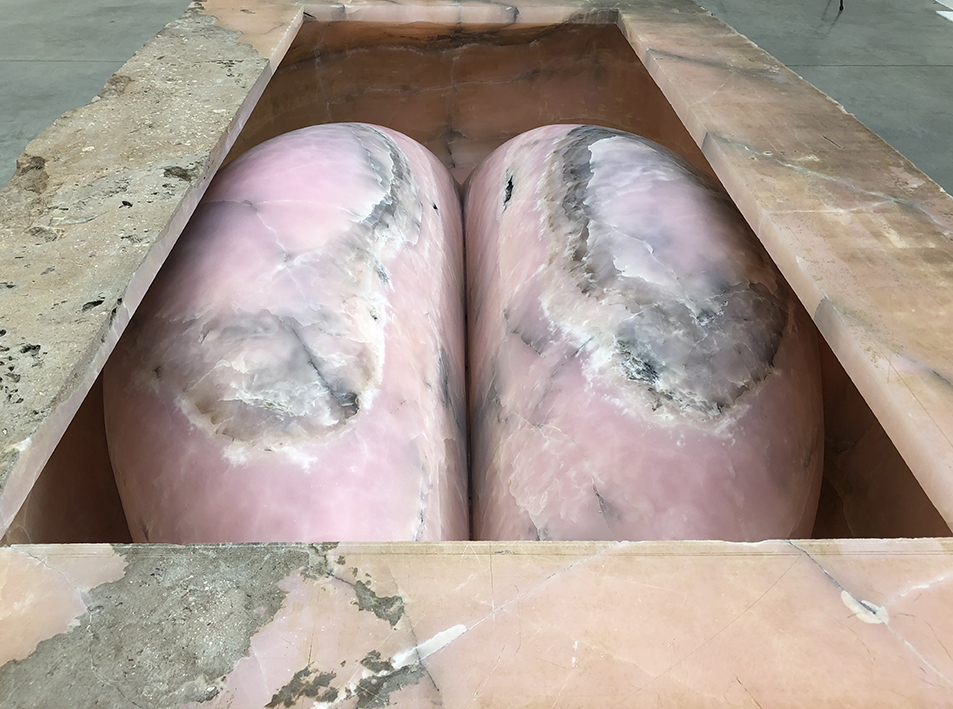
Art Martin Roth, former director V&A Museum (2)
In this second part of our interview, Martin Roth discusses why the directorship of a museum by a business man or woman is the wrong move; his battle for programming the Alexander McQueen show at the V&A, and the controversial no photography and sketching policy at the V&A temporary exhibitions.
Fundraising
Is fundraising for institutions going to be more and more important in the future?
It depends on how ambitious you want to be. I can run the V&A completely without fundraising but it means not much is happening in here. We have enough money to pay the salaries and enough interesting objects to display.
I am not a huge fan of everything being paid by the government. I’m fighting for the fact that we are a National Museum and our founding principle is to make works of art available to all. I want our collection to belong to you and me, the taxi driver outside and the Queen. That is the reason I want to be connected with the government. For the V&A to be independent, it doesn’t make sense.
So we have a basic support from the government and everything on top of it we raise ourselves. The question for the future is not whether to do fundraising or not, but are you ready to run your museum like a business on very high level quality.
 Are you a pivotal person in the fundraising for the V&A?
Are you a pivotal person in the fundraising for the V&A?
Sure! You can not be responsible for a national museum in the 21st Century and not be interested in fundraising. But let me phrase it this way; the most important thing is that you don’t hinder the fundraiser’s strategy. If you don’t know how to talk to people then you better get out of the way and not be involved in fundraising.
Do donors always want to speak with you?
Not necessarily. We have a family who love jewellery in a very educated way and they donate generously. They don’t want to talk to me, they want to talk to our curators and experts as they are experts themselves. To sit with me is boring for them. But I have my network, my partners, people who trust me. It’s give and take.
As institutions get less and less funding from governments they actively have to fundraise. More and more institutions appoint a business man or woman who don’t have a curatorial background to direct a museum. For instance, Yana Peel was appointed CEO of the Serpentine Galleries. What do you think of the CEO Art Museum Director?
I think it is the wrong move. You need somebody who knows exactly what a museum is. I don’t know if Yana is the right person, we will see. I wouldn’t say anything against her, she is a great connaisseur, politically very engaged person and a renowned philanthropist, but to run a Kunsthalle in London that is a high level management position.
Also, I think, there is a certain risk for an institution when the skills and backgrounds of the chairman, Michael Bloomberg, and the CEO, Yana Peel, are too close. The position of a chairman and a director are completely different positions. I think it should be more complimentary.
What does your work week look like?
I work 14 to 16 hours a day. I hardly have a break – it is back to back meetings all day. Once I had a camera crew follow me for a day and by midday they were already exhausted.
People think that the director comes to the office has a cup of tea, reviews his post, goes to the library, reads a bit and does some research. Then you have lunch with a colleague with a glass of wine or two. You return to your office, feeling a bit sleepy, sign a few letters that you dictated in the morning and you go out and play golf.
Martin Roth: As a museum director you have to be in an alert position, seven days a week, wherever you are.When I worked in Germany, I commuted between Berlin and Dresden, 200 kilometres. For the weekend I usually drove back home two o’clock on a Saturday morning. I had a lie in until 10 o’clock. Then I went for a run or did something with my children. Quite often I had situations when I received a phone call Saturday morning, such as the Austrian ambassador was on his way to Dresden and it was important for me to meet him. So I got out of my sports gear, had a shower, drove up like hell to Dresden. I arrived just in time to say hello to him. We spent an hour together and then I drove back. You are somehow in an alert position, on standby-by, seven days a week, wherever you are.
Some of the temporary exhibitions such as ‘David Bowie Is’, ‘Alexander McQueen – Savage Beauty’ and ‘Hollywood Costume’ have been a tremendous success attracting a record number of visitors. How important are these blockbusters exhibitions for the V&A?
None of them were planned as a blockbuster. We knew that the Alexander McQueen might potentially be a blockbuster. I saw it in New York before I started at the V&A. I met Andrew Bolton, the curator of the exhibition, a few weeks before I started here and I liked his anthropologic approach on my McQueen’s work. I proposed the exhibition to my senior management team and they didn’t like it. Also the McQueen company didn’t want to do it. Jonathan Akeroyd, the CEO explained to me in a coffee shop in Shoreditch that it was too early for them. McQueen had just passed and he didn’t know if the brand would survive. When we left he said in a British way let’s keep in contact, I will tell you when we are ready. The team didn’t want it and the company didn’t want it – I was frustrated about it. Then to my own surprise Jonathan called me half year later, “I just want to tell you that we are still not ready”. I thought to myself what is the message. Two years later he called me again and said “Martin if you are ready, we are ready.
Compared with the exhibition in New York, the show in London was expanded.
We changed the angle of the exhibition. At the Metropolitan the show was more about this famous tailor from London. Here it was much more, the Boy from London, the tailor, the artist. The exhibition was not a home run but we were prepared for the success.
Has the V&A neglected its longstanding and older visitors and friends by programming popular culture exhibitions such as David Bowie and Alexander McQueen?
I don’t think so. We always program a mix of exhibitions such as ‘Opus Anglicanum’, a selection of masterpieces of English Medieval Embroidery, next to a popular show, ‘You Say You Want a Revolution’. Our collection has an amazing variety, it is in the DNA of our collection. People like it.
The V&A’s founding principle was to make works of art available to all, to educate working people and to inspire British designers and manufacturers. Why were visitors not allowed to sketch at the Bowie and McQueen exhibitions? Was it to prevent congestion of the public through the exhibition?
I believe this drawing discussion was a provocation of the British media. They believe we are too successful – even with difficult exhibitions such as ‘Disobedient Objects’ we had a lot of success – and they needed a stick to beat us with. Everyone will understand with exhibitions where visitors can hardly walk you can’t have people sitting on the floor making drawings.
For the Bowie show we easily could have sold the double amount of tickets. We even opened the show for 24 hours a day. If we allowed people to sit down and make drawings we would have frustrated many people who could not see the show because we can provide access to a certain amount of people in the exhibition space.
Also, with the Bowie show we had many loan requests and some lenders insisted that visitors were not allowed to photograph or draw their objects. If it is one unique object, which is vital for your exhibition and the lender tells you not to photograph or to draw, what do you do? You will include it in the show with the condition of the lender. You can draw in all the exhibitions at the V&A, we even offer drawing lessons, but we had to make exceptions for some shows and the press used the opportunity. It was not fair but we as the saying goes: the bigger they are, the harder they fall.
Leave
You have been the most successful director in the history of the V&A. Why do you leave?
I would like to share the compliment with some of my colleagues and predecessors. If you are extremely active and work 14-16 hours a day, sometimes also in the weekend, there comes a moment when you think that you have done what you wanted to do. For ten years I have been the general director in Dresden and I stayed too long. When somebody walked in my office I knew already what he or she was going to ask me. When that moment comes then it is time to leave. I have been at the V&A for five years and I leave at the pinnacle of my career here. We have done successful and critically acclaimed exhibitions, we initiated new V&A outposts in Dundee, Shenzhen and London Olympic Park. Last year we won the Art Fund Museum of the Year 2016.
So what is next?
There is nothing concrete yet. I am deeply concerned by the rise of nationalism in Europe though. For me Britain has always been a place for diversity, multi-cultural, openness and tolerance. Brexit will create cultural barriers. In Germany I am pro-active to fight new Right-wing movements. Not always in public, as you can’t always do it in public, but I am involved in initiatives for an open society and similar programs. I’m very active in defending the open society programs. I will be more politically engaged in the future.
Interview written and conducted by Thierry Somers. Images: Alexander McQueen ‘Savage Beauty’ and David Bowie is exhibitions, courtesy V&A.










